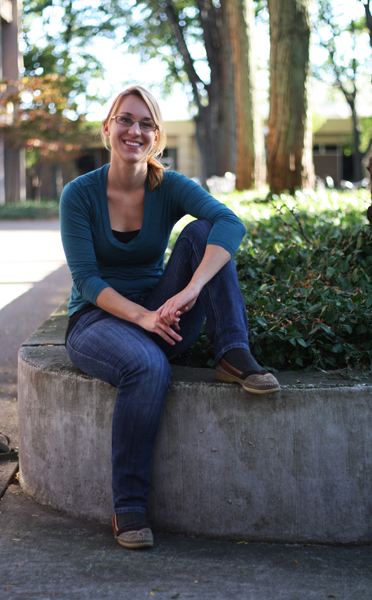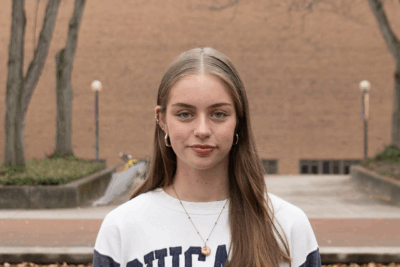This summer I spent ten incredible weeks studying at the Au Sable Environmental Institute alongside 25 other biology nerds from Christian colleges around the country. During a particularly compelling Restoration Ecology class session, my professor asked each student to name one invasive plant (a non-native plant that outcompetes native vegetation) that is problematic in our respective hometowns. I drew a relatively enormous blank. Rightfully embarrassed, I had to admit that I, an environmental science major, remain rather oblivious to the plants that surround and support my life. Unfortunately, I am not the only one.
In the past several generations, a massive sector of society migrated away from rural lifestyles to urban areas. Along with that migration, a society in which most individuals could identify local plants became a society in which most people are doing well if they manage to avoid poison ivy during outdoor experiences. The public has relegated local plant knowledge to the experts.Many of us at Goshen College recognize the importance of caring for the environment and the responsibility that each of us, not solely the experts, have for protecting green spaces. Yet, how can we care for our environment if we aren’t familiar with it? Many of us love spending time outdoors biking along the Millrace and hiking through Witmer Woods. But how can we appreciate the true beauty of these natural areas if we can’t recognize what does and doesn’t grow there naturally? For example, many people believe purple loosestrife is an innocently pretty purple flower without realizing its potential to invade entire swathes of the Goshen dam’s banks. Originally these banks sustained native plants that many animals depended on for food and habitat. Another invasive plant, the tree-of-heaven, sounds like something Christ-centered Goshen College students should support, but in actuality this Chinese tree spreads quickly and exudes chemicals into the soil that prevent other species from growing.
I encourage anyone interested in learning more about these examples as well as other local native and invasive plants to attend EcoPax sponsored nature hikes and wild edible walks. Or go on your own. You can even borrow my plant identification books. I believe familiarizing ourselves with the local landscape will foster a more educated and powerful ability to protect what E.E. Cummings described as this world’s “leaping greenly spirits of trees, and blue true dream of a sky.”


